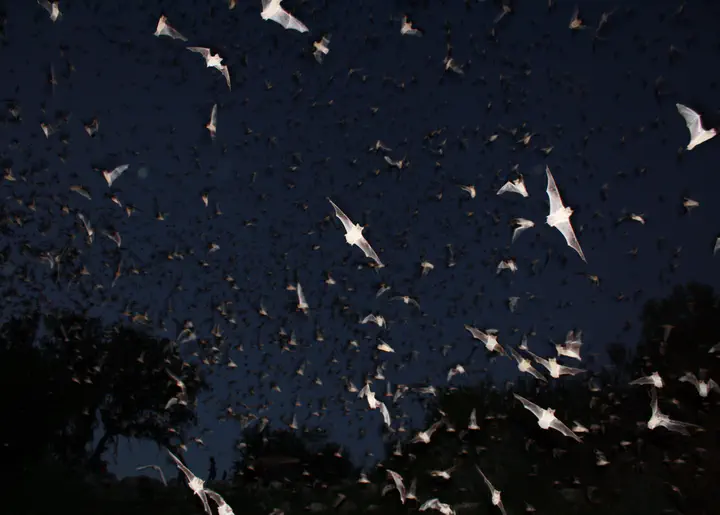BeyondSpecies

Understanding the biogeography of bats in Central Asia
Project Summary
Project summary
Assessments of geographic patterns in biodiversity, and changes in these patterns, such as in response to climate change, are typically done at the level of species. This overlooks that there is often considerable genetic diversity within species and losing this variation can have negative effects on the adaptive capacity of species. The project BeyondSpecies was launched in 2021 to investigate how moving beyond species-level assessments in distribution modeling can improve our understanding of current, past, and future distributions of species, using bats, an exceptionally species-rich and ecologically diverse group of mammals, as an example. Bringing together a wide network of bat researchers from the Balkan Peninsula, Anatolia, the Caucasus, and Central Asia, the project will provide novel ecological and biogeographical insights, as well as delivering a scientific basis for conservation planning and efforts in an understudied and diverse region, lying at the intersection of major biogeographic realms with independent evolutionary histories.
Project objectives
- Assessing the current, past, and future distributions of bats in the study region
- Considering genetic diversity in distribution modeling to improve our understanding of the phylogeography and adaptive capacity of bats in the study region
- Identifying priority areas for conservation planning and reviewing the conservation status of bats in the study region

Funding

Project partners
Coordinator: Museum für Naturkunde - Leibniz Institute for Evolution and Biodiversity Science (MfN)
Partner: Humboldt University Berlin, Conservation Biogeography Lab
Partner: University Potsdam
Partner: Istanbul Technical University
Partner: Yerevan State University
Partner: Tel-Aviv University